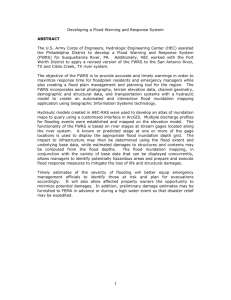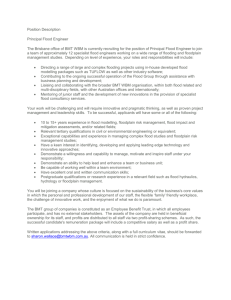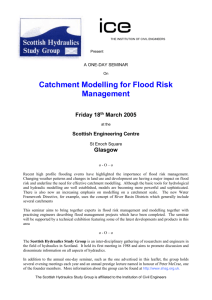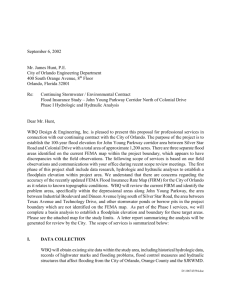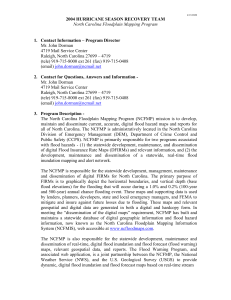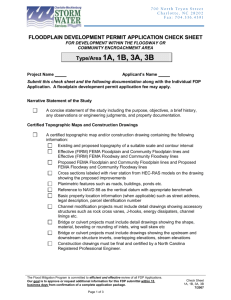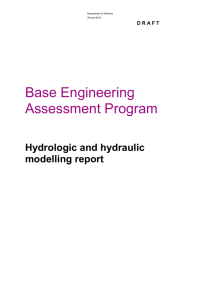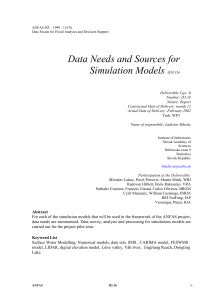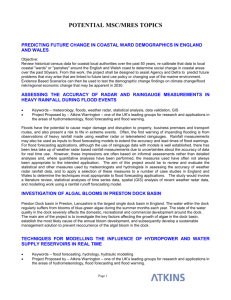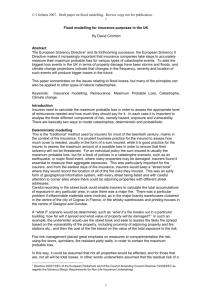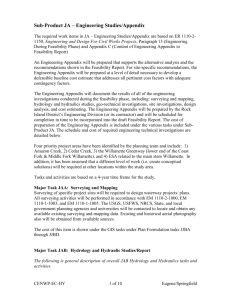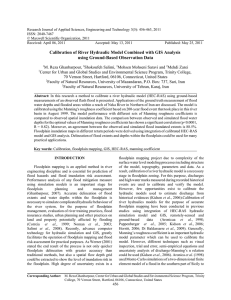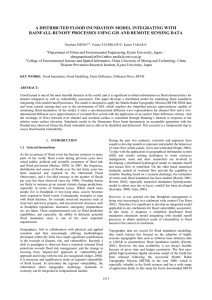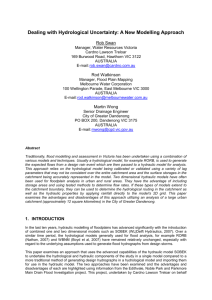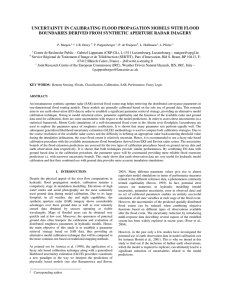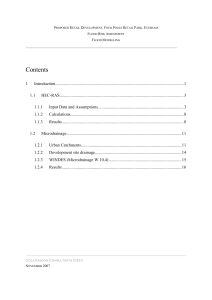case-study-garry-pender-new-benchmarking
advertisement
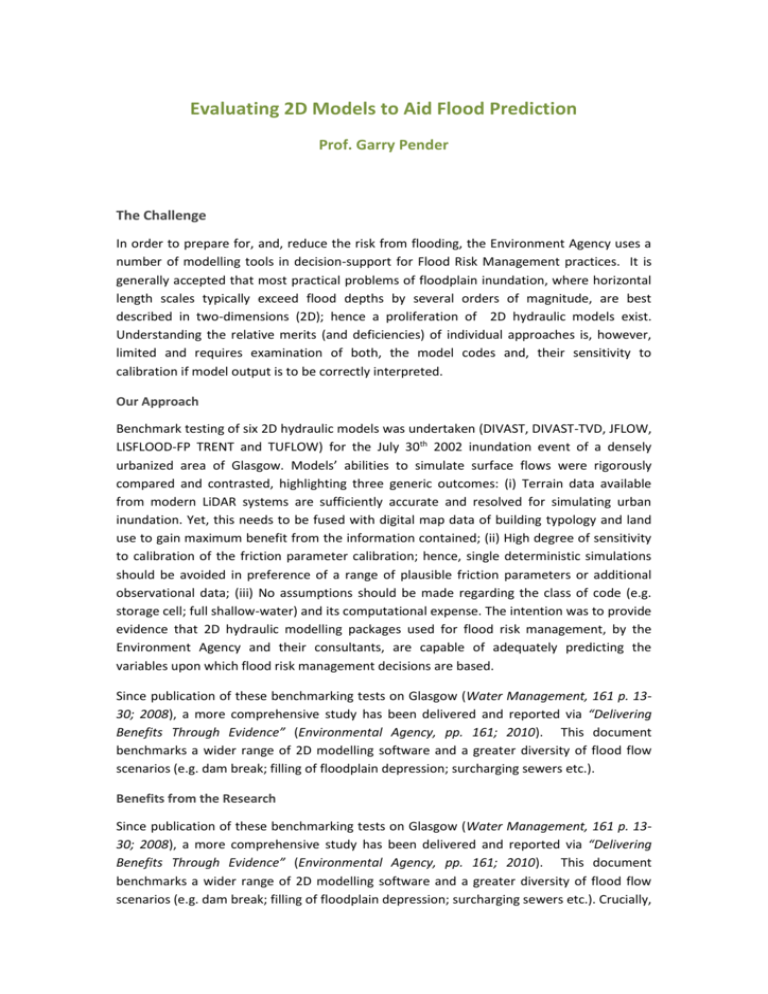
Evaluating 2D Models to Aid Flood Prediction Prof. Garry Pender The Challenge In order to prepare for, and, reduce the risk from flooding, the Environment Agency uses a number of modelling tools in decision-support for Flood Risk Management practices. It is generally accepted that most practical problems of floodplain inundation, where horizontal length scales typically exceed flood depths by several orders of magnitude, are best described in two-dimensions (2D); hence a proliferation of 2D hydraulic models exist. Understanding the relative merits (and deficiencies) of individual approaches is, however, limited and requires examination of both, the model codes and, their sensitivity to calibration if model output is to be correctly interpreted. Our Approach Benchmark testing of six 2D hydraulic models was undertaken (DIVAST, DIVAST-TVD, JFLOW, LISFLOOD-FP TRENT and TUFLOW) for the July 30th 2002 inundation event of a densely urbanized area of Glasgow. Models’ abilities to simulate surface flows were rigorously compared and contrasted, highlighting three generic outcomes: (i) Terrain data available from modern LiDAR systems are sufficiently accurate and resolved for simulating urban inundation. Yet, this needs to be fused with digital map data of building typology and land use to gain maximum benefit from the information contained; (ii) High degree of sensitivity to calibration of the friction parameter calibration; hence, single deterministic simulations should be avoided in preference of a range of plausible friction parameters or additional observational data; (iii) No assumptions should be made regarding the class of code (e.g. storage cell; full shallow-water) and its computational expense. The intention was to provide evidence that 2D hydraulic modelling packages used for flood risk management, by the Environment Agency and their consultants, are capable of adequately predicting the variables upon which flood risk management decisions are based. Since publication of these benchmarking tests on Glasgow (Water Management, 161 p. 1330; 2008), a more comprehensive study has been delivered and reported via “Delivering Benefits Through Evidence” (Environmental Agency, pp. 161; 2010). This document benchmarks a wider range of 2D modelling software and a greater diversity of flood flow scenarios (e.g. dam break; filling of floodplain depression; surcharging sewers etc.). Benefits from the Research Since publication of these benchmarking tests on Glasgow (Water Management, 161 p. 1330; 2008), a more comprehensive study has been delivered and reported via “Delivering Benefits Through Evidence” (Environmental Agency, pp. 161; 2010). This document benchmarks a wider range of 2D modelling software and a greater diversity of flood flow scenarios (e.g. dam break; filling of floodplain depression; surcharging sewers etc.). Crucially, this work underpins the Environment Agency’s decision-making in Flood Risk Management in England and commercial model developers have been provided with a transparent framework with which to test new models. Future Work “Delivering Benefits Through Evidence” (Environmental Agency, pp. 161; 2010) clearly notes two areas for development: (i) continual review of suitability of benchmark tests to account for new science and modelling trends; (ii) detailed research into model linking (e.g. combined 1D/2D approaches) in terms of the choice of models, run times and consistency in model prediction. More Information This project was supported by EPSRC, NERC and the Environment Agency. Further information on this project can be found at http://www.google.co.uk/url?sa=t&rct=j&q=&esrc=s&source=web&cd=1&ved=0CC4 QFjAA&url=http%3A%2F%2Fevidence.environmentagency.gov.uk%2FFCERM%2FLibraries%2FFCERM_Project_Documents%2FSC120002 _Benchmarking_2D_hydraulic_models_Report.sflb.ashx&ei=9H18U8XiKeqc0QWh9ID YBQ&usg=AFQjCNFK85nEAZ5r4nC7tOnALM5c_6Jsag&bvm=bv.67229260,d.d2k&cad =rja http://web.sbe.hw.ac.uk/frmrc/downloads/fact_sheets/FRMRC2%20Fact%20Sheet%2015%20v01%20newformat.pdf




